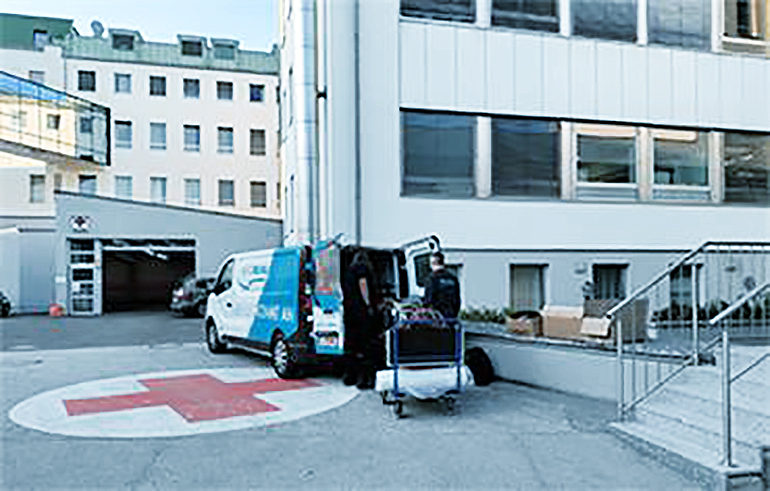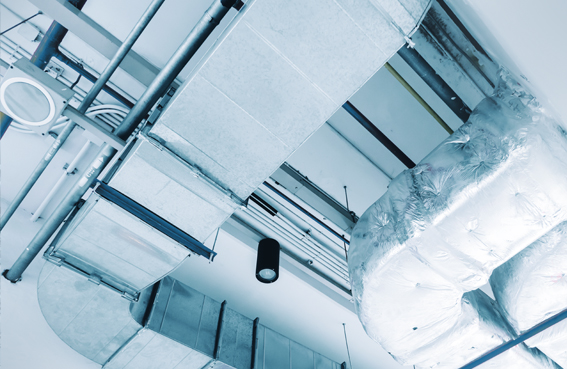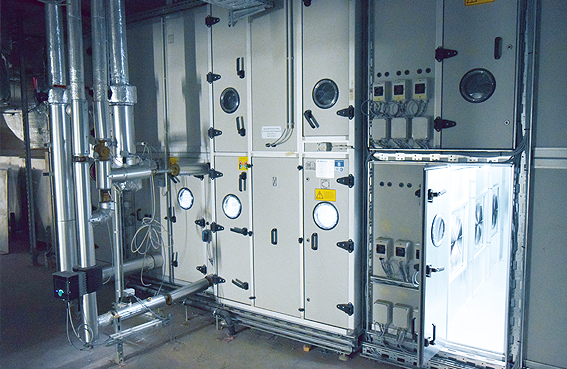N. Taneja 1, M. Biswal 2, A. Kumar 3, A. Edwin 4, R. Emmanuel 5, A.K. Gupta 6, M. Sharna 7
Abstract
Overcrowding and patient overload in emergency services areas often mean that inadequate attention is paid to thorough cleaning, disinfection of rooms and air-conditioning ducts, which would require closing the area concerned. Over a period of time, this leads to accumulation of lint, fibre, dust and fungal growth.
This study assessed the effectiveness of hydrogen peroxide fog to decontaminate the air-conditioning ducts as well as for room disinfection without having to close down the area. The Postgraduate Institute of Medical Education and Research emergency complex, Chandigarh, is distributed over three floors housing nine air-handling units (AHUs) and seven wards.
The work was carried out over a period of seven days and involved cleaning of air-conditioning ducts and wards, cleaning and disinfection of fittings and furniture, vacuuming and fogging of AHU, ducts and room air. Fogging was done with 20% Ecoshield fog, a complex formulation of stabilised hydrogen peroxide 11% w/v with 0.015% w/v silver nitrate. Pre- and post-fogging samples were taken for microbiological culture, and air samples were also collected. Hydrogen peroxide fogging was highly effective for disinfection of room air, furniture and other articles. It decontaminated the air-conditioning ducts effectively, was rapid and cheaper than formalin, and no adverse effects were noted.
There was minimum disturbance to the patients and the treated areas were ready to be populated again after 5-6h. Hydrogen peroxide has the advantage of being safer, less irritating, and has shorter cycle times compared with formalin fumigation which is more commonly practised in India.
The Journal of Hospital Infection, free article
The Journal of Hospital Infection


